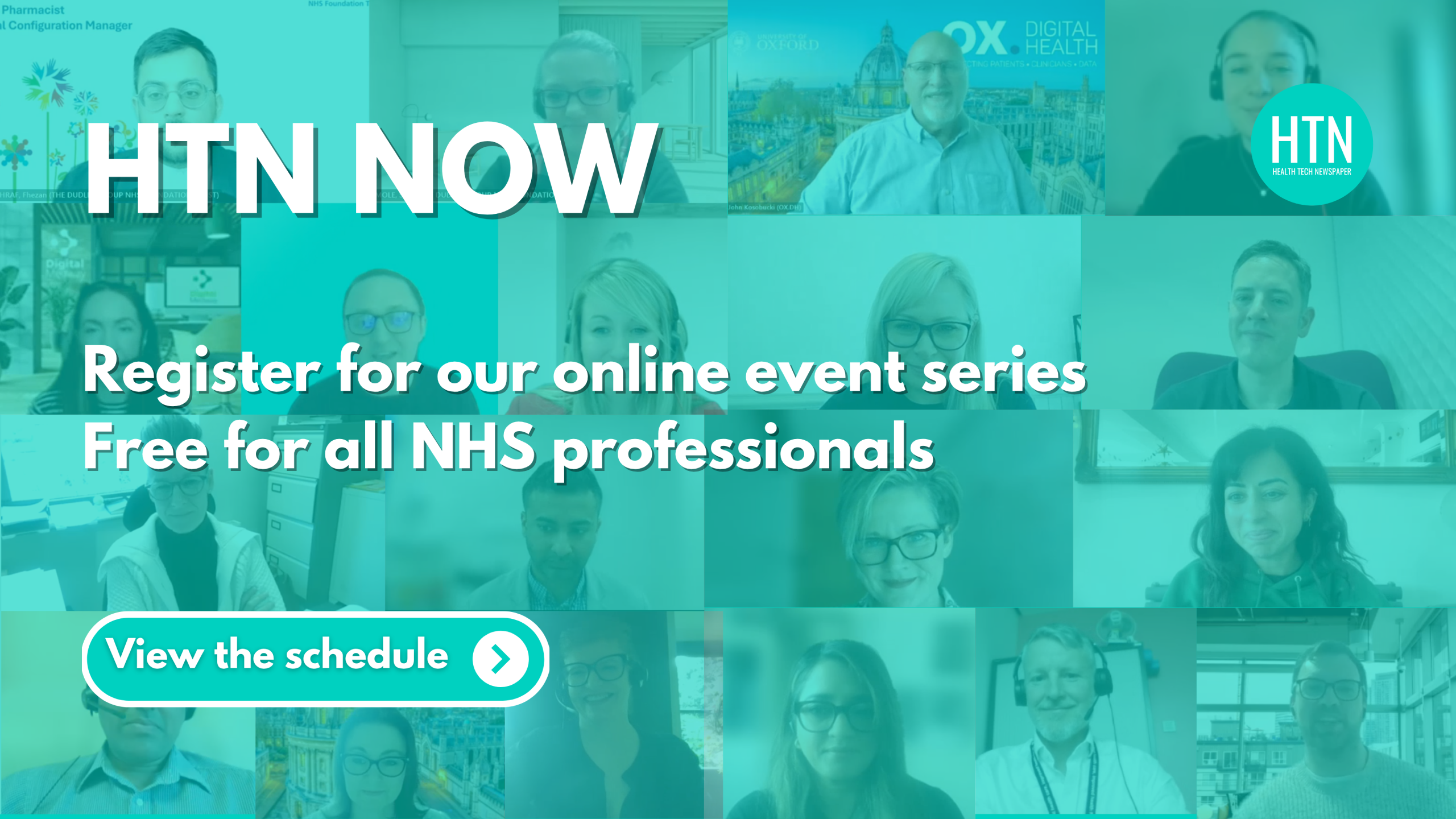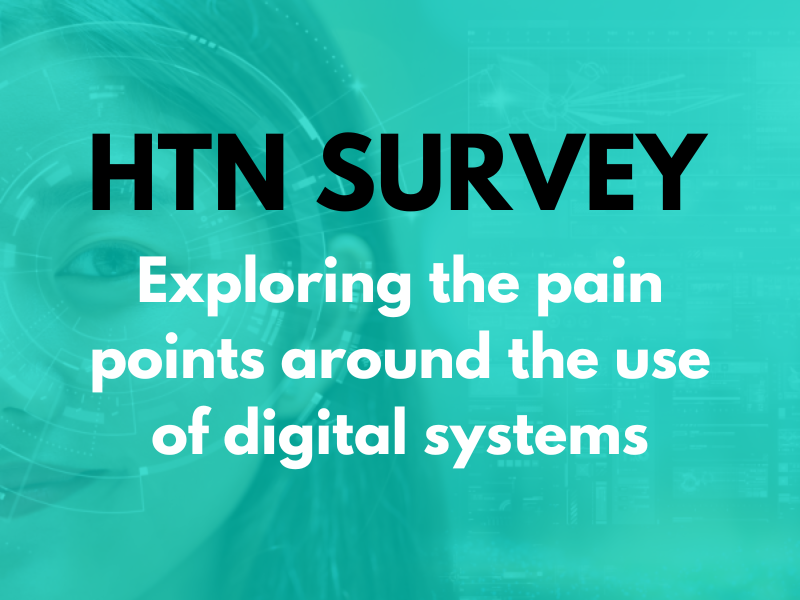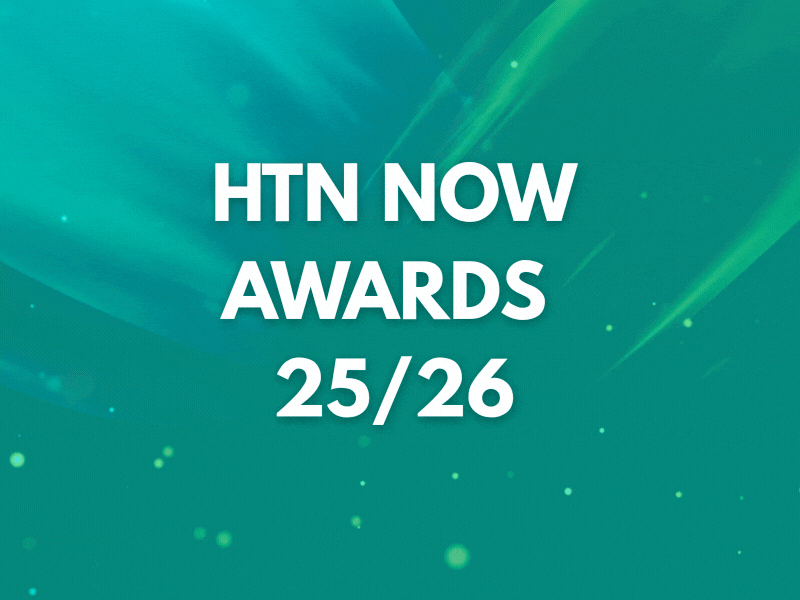By Nervecentre
At the beginning of the year, Nervecentre marked its 15th anniversary with the NHS at a pivotal moment in frontline digitisation. 15 years ago, in the final gasps of NPfIT, the primary focus of healthcare technology was on data capture and record-keeping, with early EPR systems giving acute trusts some much-needed digital handrails. However, the landscape has evolved. Today, the NHS needs systems that enable collaboration across pathways, rather than trapping information in silos. Legacy tools, which were adequate at the time, are no longer sufficient to meet these requirements. We must move beyond these limitations to truly enhance patient care.
The demand for seamless, connected care has never been greater. Everyone knows the NHS needs a single patient record that spans primary, secondary and community care, and brings the patient into the conversation. And it needs a system that ensures every HCP, wherever they’re based, has access to accurate patient information in real time. But the uncomfortable truth is that traditional EPRs aren’t set up to deliver this. As calls for digital transformation reach fever pitch, especially as the NHSE 2025/26 priorities and operational planning guidance has now been issued, NHS providers are increasingly recognising that legacy systems won’t give them what they need. It’s a turning point on the road to frontline digitisation.
At Nervecentre, we find ourselves at a turning point too. In 2010 we saw an opportunity to create something different: a system that put collaboration and workflow at its heart. That vision shaped us from day one, and 15 years later, it’s still our guiding principle. Today, we’re proud to offer an EPR built around real-time collaboration – a fact borne out in the East Midlands, where trusts across the region are collaborating using our platform as a common digital solution. And that’s just one part of the story. In the past few years, we’ve established ourselves as a trusted EPR and an aspirational purchase – winning more EPR tenders than any other provider in 2024, securing £250 million worth of new contracts in a single year.
We’re naturally proud of what we’ve achieved but, really, it’s just the end of the beginning and a gateway to the next chapter. Developing our EPR was foundational work, but now we’re looking to build on it to address some of the NHS’s biggest challenges.
Moving beyond legacy systems
The NHS has long been held back by outdated systems that restrict the flow of information. We all know the story. A patient moves from their GP to a specialist, or from hospital to the community, and at every step, their data has to be transferred manually, or worse, re-entered from scratch. It’s inefficient, it’s costly, and it leads to avoidable delays in care.
The solution is clear: a cloud-based, scalable system where every part of the NHS – hospitals, GP practices, mental health services, and community care – operates as one interconnected network, with the patient at the centre. That’s precisely what we’re building at Nervecentre.
It all comes down to architecture. Unlike many legacy systems, our platform is designed to be cloud-scalable. That means every trust using Nervecentre operates on the same software, creating a truly unified ecosystem where information flows seamlessly. No clunky integrations, no costly customisations – just real-time access to the data that matters.
Imagine a world where services can be transferred, centralised or distributed across regions, supported by a single digital platform. That’s the future we’re creating.
Our vision for the next chapter – still rooted in those founding principles of collaboration and workflow – has got the NHS’s top priorities in its sights:
- Seamless patient pathways
Right now, referrals between care settings are painfully slow. Patients often wait weeks to see a specialist, simply because outdated systems create bottlenecks. With modern technology, these delays don’t need to exist. Our vision is for a system where referrals are instant, care settings are optimised dynamically, and clinicians always have access to the full patient picture. The result? Faster, safer, and more effective care.
- Efficiency without compromise
The NHS is under immense financial pressure. A truly connected digital system isn’t just about improving patient care – it’s about eliminating the inefficiencies that drain resources. By reducing admin burdens, streamlining data access, and enabling better workforce planning, we can increase capacity without increasing costs. This isn’t just good for the bottom line; it’s essential for the long-term sustainability of the NHS. Moreover, it will help us realise the macro-economic benefits of digitisation by creating the seamless pathways of care our health service needs to thrive.
- A futureproof platform
Healthcare is evolving rapidly, and any digital system must evolve with it. Whether it’s integrating AI-driven diagnostics, expanding telemedicine, or supporting home-based care, our platform is designed to be flexible. Unlike legacy systems that require costly, time-consuming upgrades, we’re building technology that can adapt in real time to the needs of tomorrow.
- Breaking down barriers to collaboration
Healthcare can no longer afford to be siloed (it never could). We’re working towards an NHS where collaboration is the default, not the exception – where health organisations across the continuum work together as a single, unified network. The model already exists in other industries. Just look at how Amazon seamlessly connects its infrastructure across multiple services. There’s no reason healthcare shouldn’t function the same way.
The goal is interoperability without boundaries. Currently, systems often work in isolation or through cumbersome healthcare information exchanges (HIEs). Our vision is for a single tier of interoperability where it doesn’t matter if a patient from Leicester is being referred to Nottingham; the care and data flow should be seamless.
The time for compromise is over
For too long, healthcare providers have had to compromise, making do with systems that don’t talk to each other. But the time for compromise is over. At Nervecentre, we’re not just offering another EPR – we’re pioneering a completely new way of delivering healthcare. A way that removes barriers, improves efficiency, and most importantly, puts patients at the heart of every decision.
As we mark 15 years of innovation, we’re not looking back, we’re looking forward. The NHS has a unique opportunity to embrace digital transformation, and we’re committed to being at the forefront of that journey. This isn’t just about technology. It’s about rethinking how healthcare is delivered. It’s about making sure every clinician has the tools they need, every patient gets the care they deserve, and the NHS is prepared for the future – not just for today.
Here’s to the next 15 years – and to a future where connected, collaborative, and patient-centric care isn’t just a goal, but a reality.








